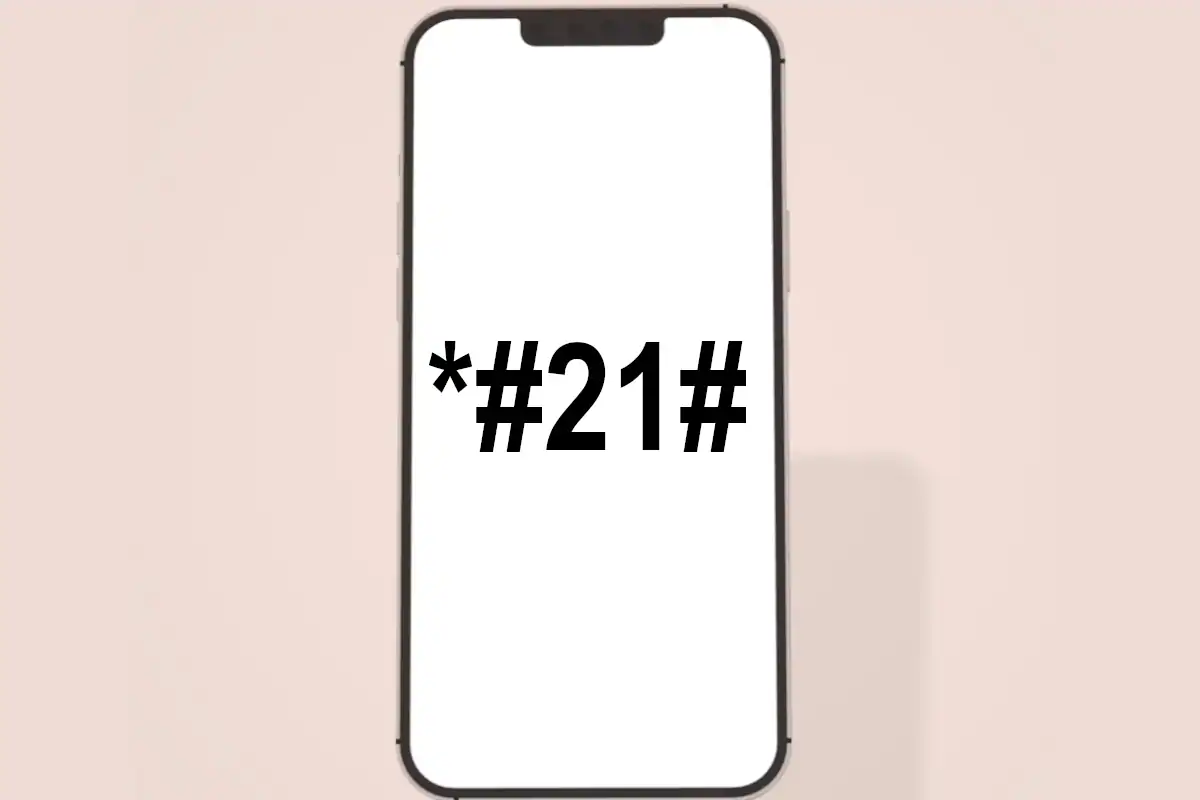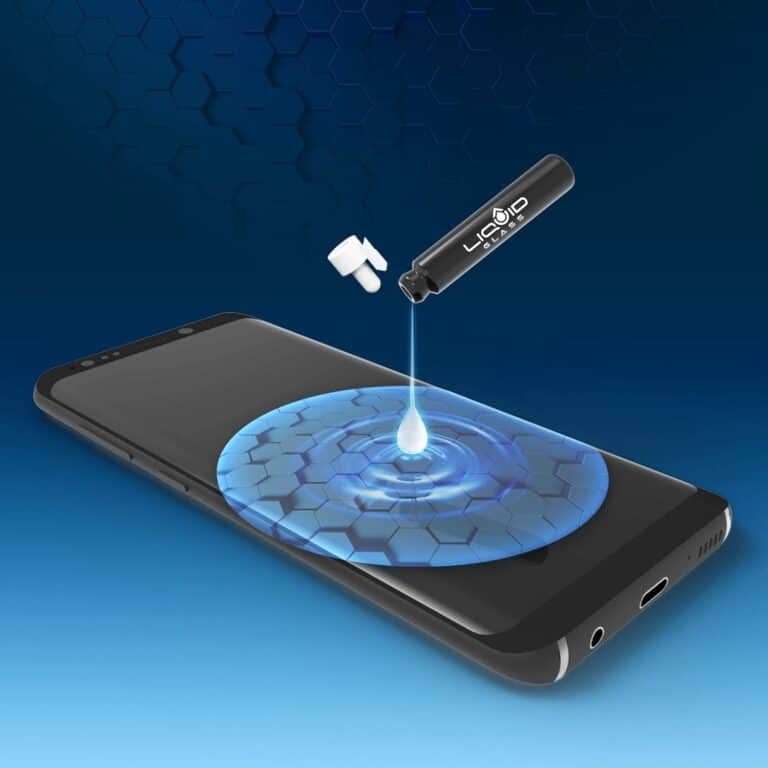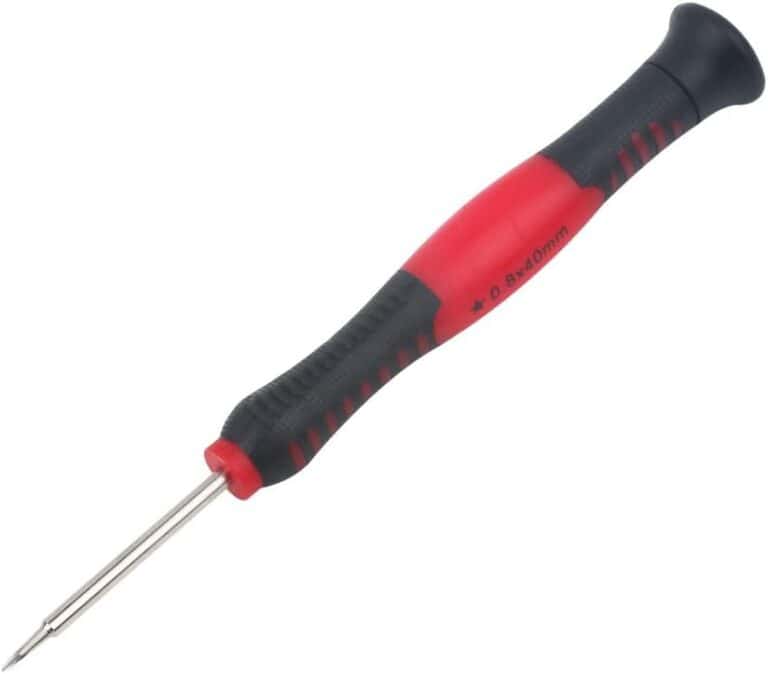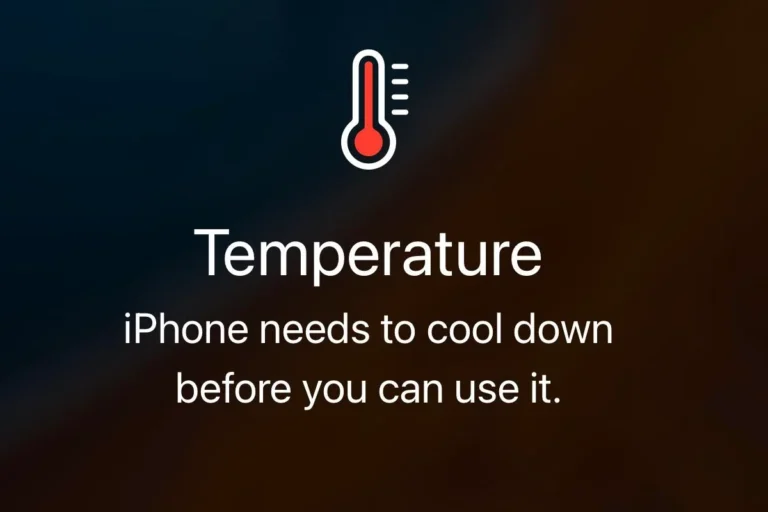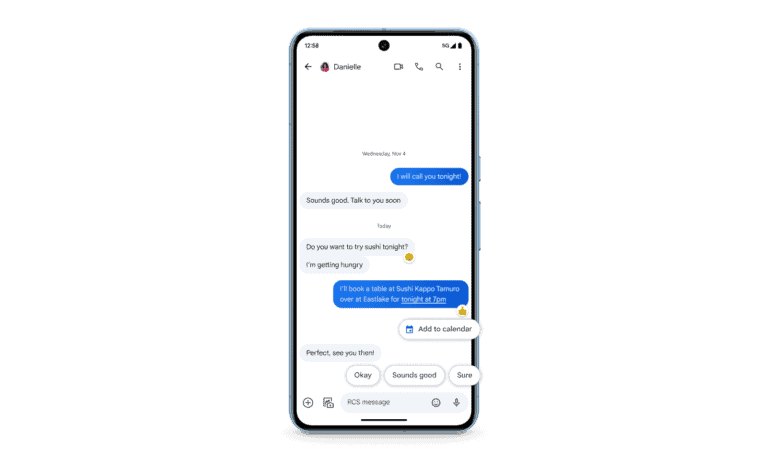The code *#21# is a secret USSD (Unstructured Supplementary Service Data) code used on many mobile phones to check the status of call forwarding and data forwarding settings on your line.
What Does *#21# Mean?
- When you dial
*#21#on your phone’s dialer and press call, it displays whether your calls, texts, data, or other services are being forwarded to another number. - It does not indicate if your phone is tapped or being monitored.
- Instead, it shows the current forwarding status for various types of communication such as voice calls, data calls, SMS, fax, and more.
What Information Does *#21# Provide?
After dialing the code, you will see a report indicating the forwarding status for:
- Voice calls
- Data calls
- Fax
- SMS (text messages)
- Data synchronization
- Voice mailbox
- All other data services
Each service will show if call forwarding is enabled and to which number calls or data are being forwarded.
Common Misconceptions
- Myth: Dialing *#21# reveals if your phone is tapped or hacked.
Fact: This is false. The code only checks call forwarding settings and does not provide any information about surveillance or phone tapping.
How to Use *#21# Code
- Open your phone’s dialer.
- Enter
*#21#. - Press the call/send button.
- Wait for the forwarding status message to appear on your screen.
How to Disable Call Forwarding (If Enabled)
If you find that calls or data are being forwarded without your consent, you can usually disable forwarding by dialing:
##21#and pressing the call button to deactivate all forwarding.
Summary
- Code: *#21#
- Purpose: Check call and data forwarding status on your phone line.
- Not for: Detecting phone tapping or hacking.
- Useful for: Ensuring your calls and messages are not being forwarded without your knowledge.
Other Meanings For ‘Code 21’
Code 21 appears in different contexts and means different things depending on where you encounter it. In healthcare billing, Code 21 indicates that a no-fault insurance carrier should handle the claim instead of the primary health insurer. In police communications, Code 21 typically refers to either a jail emergency or a general complaint that needs attention.
The confusion around Code 21 stems from its use across multiple industries and systems. Healthcare workers deal with denial code 21 when insurance companies reject claims because another carrier should pay. Police officers use Code 21 during radio communications to signal specific situations that require response.
Understanding which Code 21 applies to your situation helps you take the right action. Whether you’re handling a medical billing issue or trying to decode police scanner chatter, knowing the context makes all the difference in interpreting what Code 21 actually means.
Key Takeaways
- Code 21 has different meanings across healthcare billing, police communications, and other systems
- In medical billing, Code 21 means a no-fault carrier should handle the insurance claim instead
- The specific meaning of Code 21 depends entirely on the context where you encounter it
In the context of cell phones, “Code 21” most commonly refers to the USSD (Unstructured Supplementary Service Data) code *#21#.
Core 21 Meaning
When you dial *#21# on your phone and press the call button, it checks the status of unconditional call forwarding. This means it tells you if all your incoming calls, messages, and other data (like faxes, if applicable) are being redirected to another number, regardless of whether your phone is busy, unanswered, or unreachable.
Here’s what you need to know about it:
- Call Forwarding Status: This code is primarily used to see if you have activated unconditional call forwarding and, if so, to which number your calls are being forwarded.
- Not a “Hacked” Indicator (Generally): There’s a persistent misconception, often spread on social media, that dialing *#21# will tell you if your phone is “tapped” or hacked. This is largely false. While call forwarding could theoretically be used by a malicious actor, the code itself simply displays the status of a legitimate phone feature. If your calls are being forwarded to a number you don’t recognize and didn’t set up, it’s worth investigating, but the code itself isn’t a “spy checker.”
- Carrier Specifics: While *#21# is a common GSM code, its exact behavior or whether it works at all can sometimes vary slightly depending on your mobile carrier (e.g., Verizon or US Cellular on older CDMA networks might use different codes like *92 or *72 for similar functions).
- Other Call Forwarding Codes:
- *#67#: Checks conditional call forwarding when you’re busy or reject a call.
- *#61#: Checks conditional call forwarding when calls are unanswered.
- *#62#: Checks conditional call forwarding when your phone is unreachable (off or out of service).
- ##002#: This code is often used to disable all carrier-based call forwarding. This can be helpful if you’ve inadvertently set up forwarding or suspect it was done without your knowledge.
- Setting Call Forwarding: You can usually set up call forwarding through your phone’s settings (e.g., in the “Phone” or “Calls” section) or by dialing specific codes provided by your carrier (e.g., *21*phone-number# to turn on unconditional forwarding).
In summary, when you see “code 21” in the context of cell phones, think of it as a tool to check your call forwarding settings, specifically if all your calls are being rerouted.
Frequently Asked Questions
Code 21 in medical facilities typically refers to violent patient situations that require immediate security response. Hospital emergency codes can vary between facilities, but Code 21 generally follows established protocols for staff safety and patient containment.
What does a Code 21 indicate in medical facilities?
Code 21 signals a violent patient situation in most hospitals. Staff members dial the emergency number when they encounter an aggressive or combative patient.
The code alerts security personnel to respond immediately. Hospital staff use available unit personnel to help confine and de-escalate the situation.
What situations are typically associated with a Code 21 in emergency response?
Patients who become physically aggressive trigger Code 21 calls. This includes individuals who threaten staff members or other patients.
Mental health crises often lead to Code 21 situations. Patients under the influence of drugs or alcohol may also become violent.
Medical conditions that cause confusion or agitation can result in aggressive behavior. Staff call Code 21 when standard de-escalation fails.
How do hospital emergency codes vary, and where does Code 21 fit in?
Hospital codes use different colors and numbers for various emergencies. Code Blue handles cardiac arrests while Code Red indicates fires.
Code 21 focuses specifically on violent patients. Other codes like Code Gray also deal with security issues but cover broader threats.
Some hospitals use Code Gray instead of Code 21 for combative patients. The numbering system varies between medical facilities.
Are Code 21 announcements uniform across different hospitals?
Code 21 meanings can differ between hospitals. Some facilities use alternative codes for violent patient situations.
Hospital systems often develop their own emergency code protocols. Staff receive training on their specific facility’s code system.
Standardization exists within hospital networks but varies across different organizations. New employees learn the codes used at their workplace.
What protocols are followed when a Code 21 is declared in a hospital?
Security personnel respond immediately to Code 21 calls. They work with nursing staff to assess the situation safely.
Staff members receive training on patient restraint techniques. The goal is to protect everyone while providing necessary medical care.
Documentation follows each Code 21 incident. Hospitals review these events to improve their response procedures and prevent future occurrences.

